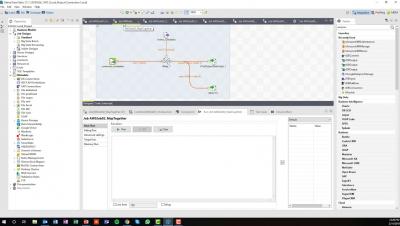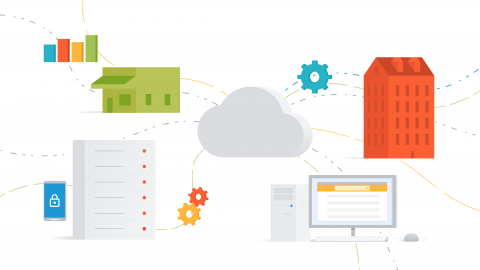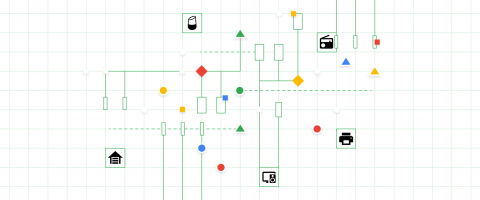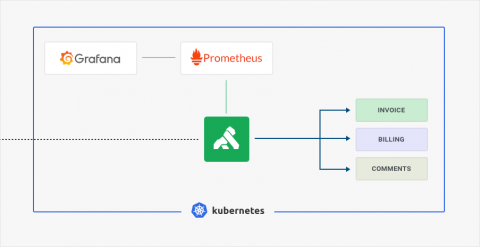Cloud Data Warehouse Trends You Should Know in 2019
In October 2018, TDWI and Talend asked over 200 architects, IT and Analytics managers, directors and VPs, and a mix of data professionals about their cloud data warehouse strategy in a survey conducted in October 2018. We wanted to get real answers about how companies are moving to the cloud, especially with the recent rise of Cloud Data Warehouse technologies. For instance, we wanted to know if a cloud data warehouse (CDW) is seen as a key driver of digital transformation.










